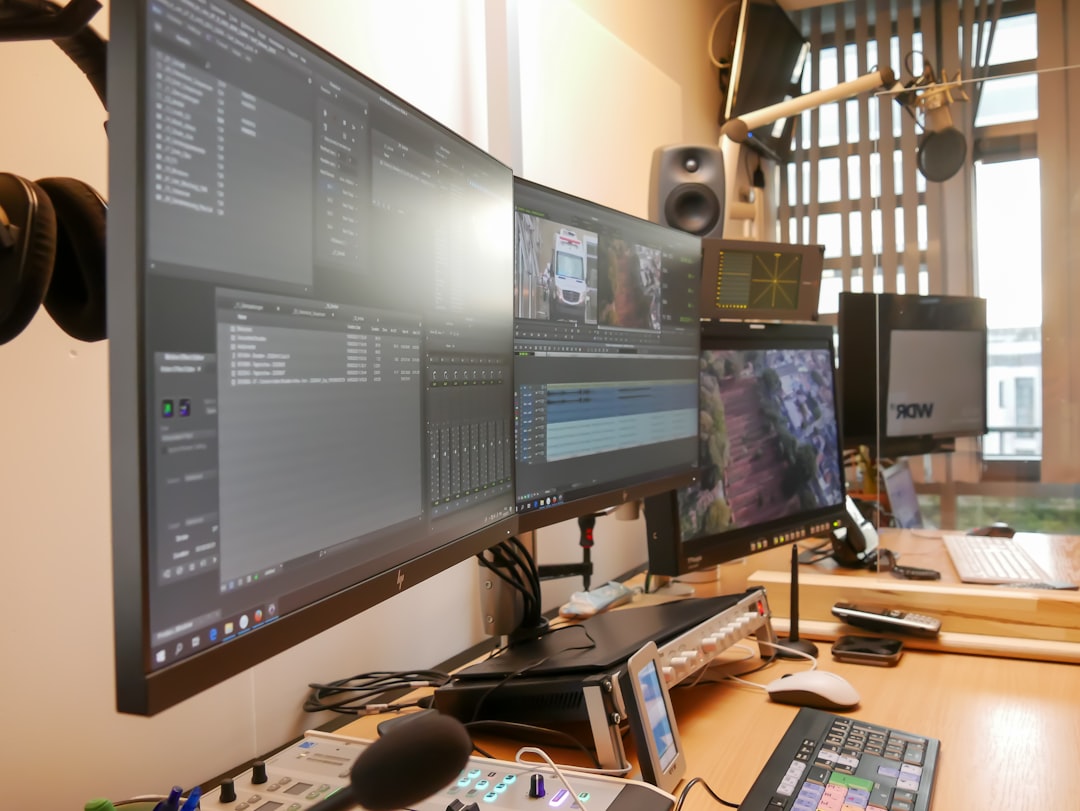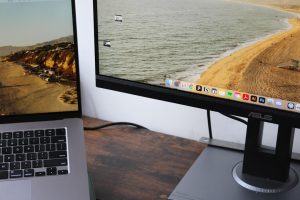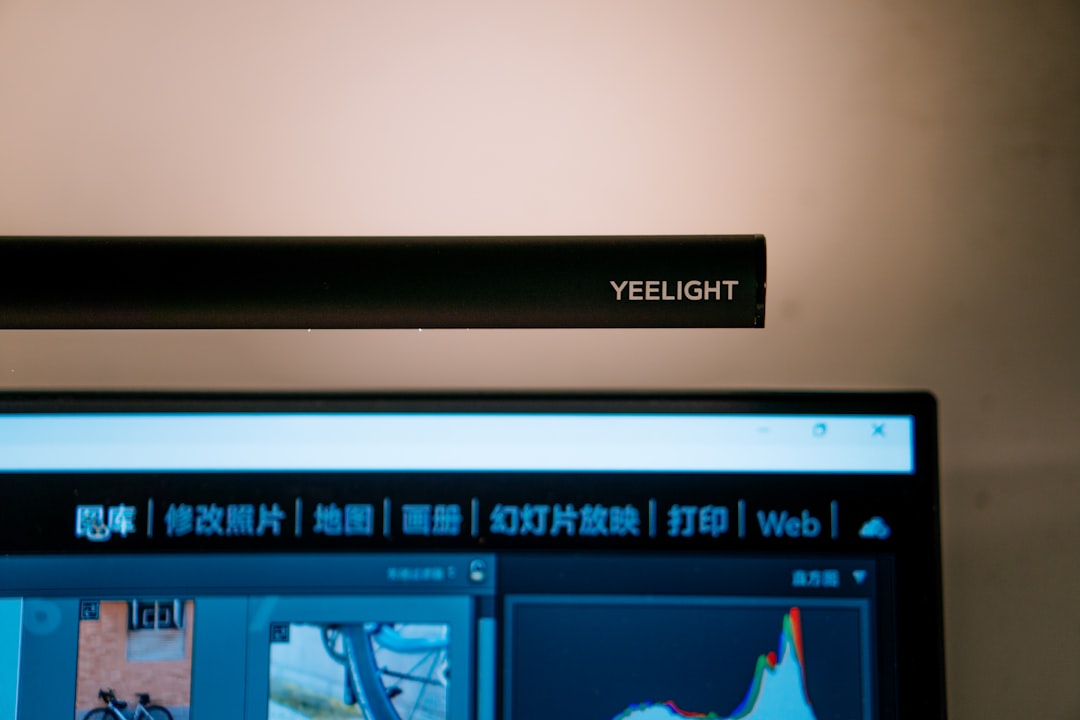
VLC Media Player is widely recognized as one of the most versatile and reliable open-source media players available. Among its many powerful features, the frame-by-frame step mode stands out as a valuable tool for anyone who needs to analyze video content in precise detail. Whether you’re a video editor, filmmaker, animator, or sports analyst, learning how to use VLC’s frame-by-frame feature can significantly enhance your workflow.
What is Frame-by-Frame Playback?
Frame-by-frame playback allows you to advance a video one frame at a time. Since most videos play at 24, 30, or 60 frames per second, each frame can reveal a great deal of detail that’s not easily noticeable during regular playback. This is especially useful for:
- Analyzing movement or motion inconsistencies
- Examining visual effects continuity
- Capturing clear screenshots of fast-moving scenes
- Studying sports footage or choreography
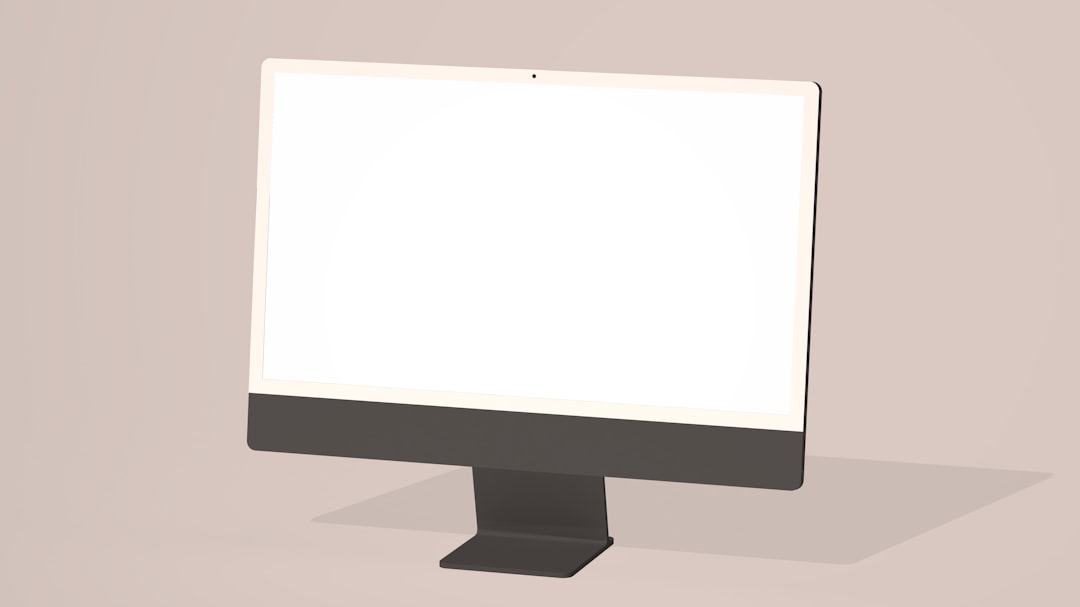
How to Enable Frame-by-Frame in VLC
Using VLC’s frame-by-frame functionality is remarkably straightforward. It does not require any plugins or advanced setups. Here’s a simple guide to get you started:
Step 1: Open the Video in VLC
Launch VLC Media Player and open the video you wish to analyze. You can do this by clicking on Media > Open File or simply dragging your video file into the VLC interface.
Step 2: Use the Frame-by-Frame Button
While the video is paused, you can use the frame-by-frame feature with the following methods:
- Keyboard Shortcut: Press the E key on your keyboard. With each press, VLC will advance the video by one frame.
- Toolbar Button: If the frame-by-frame button is not visible, you can add it manually to your interface.
To Add the Frame-by-Frame Button:
- Go to View > Customize Interface
- Under the Toolbar Elements section, find Frame by Frame
- Drag the icon into your toolbar layout
- Click Close to apply the changes
Now, with the button added to your toolbar, you can click it repeatedly to advance the video frame by frame.
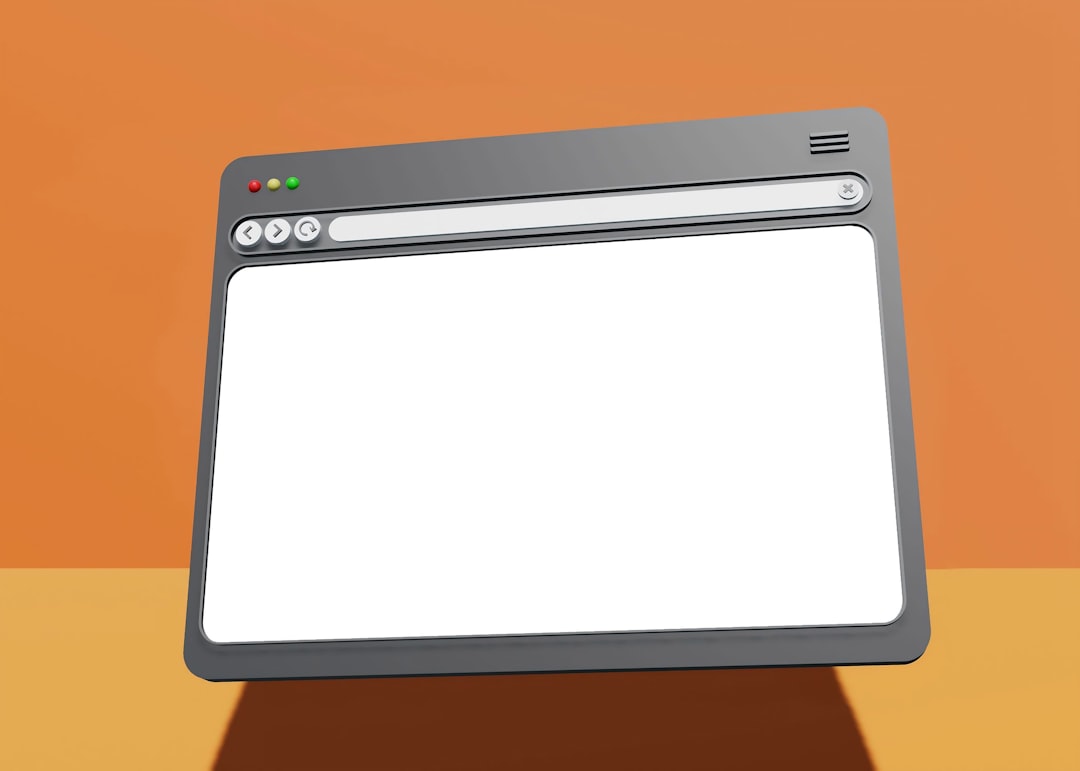
Best Practices for Using Frame-by-Frame Mode
While using frame-by-frame may seem as simple as pressing a key, there are a few considerations that can enhance your accuracy and experience:
- Pause the Video First: Always pause your video before you begin stepping through frames to ensure you don’t miss any details.
- Adjust Playback Speed if Necessary: Some users like to reduce the playback speed before arriving at the moment they want to analyze. This provides a more controlled frame navigation experience.
- Use Timecodes: Note down exact timecodes for specific frames to reference them later or during editing in other software.
Limitations of VLC’s Frame-by-Frame Feature
While the feature is incredibly useful, it is important to understand its limitations:
- No Reverse Frame Navigation: VLC allows stepping forward frame by frame, but unfortunately, it does not support stepping backward.
- Frame Accuracy Depends on Codec: The accuracy of frame stepping can vary depending on the video’s encoding. Some formats may skip non-keyframes.
- No Continuous Playback in Frame Mode: Frame-by-frame navigation is only useful for manual frame viewing. It cannot be automated or looped through VLC in this mode.
Alternative Tools for Advanced Frame Analysis
If VLC’s basic frame-by-frame functionality isn’t enough for your needs, consider using professional-grade software such as:
- Adobe Premiere Pro
- DaVinci Resolve
- Final Cut Pro (macOS)
These tools allow for more precise editing, frame tagging, and backward navigation, which may prove useful for more complex tasks.
Conclusion
VLC Media Player’s frame-by-frame step mode is a practical and accessible feature for anyone needing to examine video content with great precision. Whether you’re inspecting animation fluidity, troubleshooting a visual glitch, or capturing elusive stills, this easy-to-use functionality delivers excellent value.
While it may not replace professional video editing software, for many users—especially hobbyists and students—VLC remains a reliable and efficient choice.
